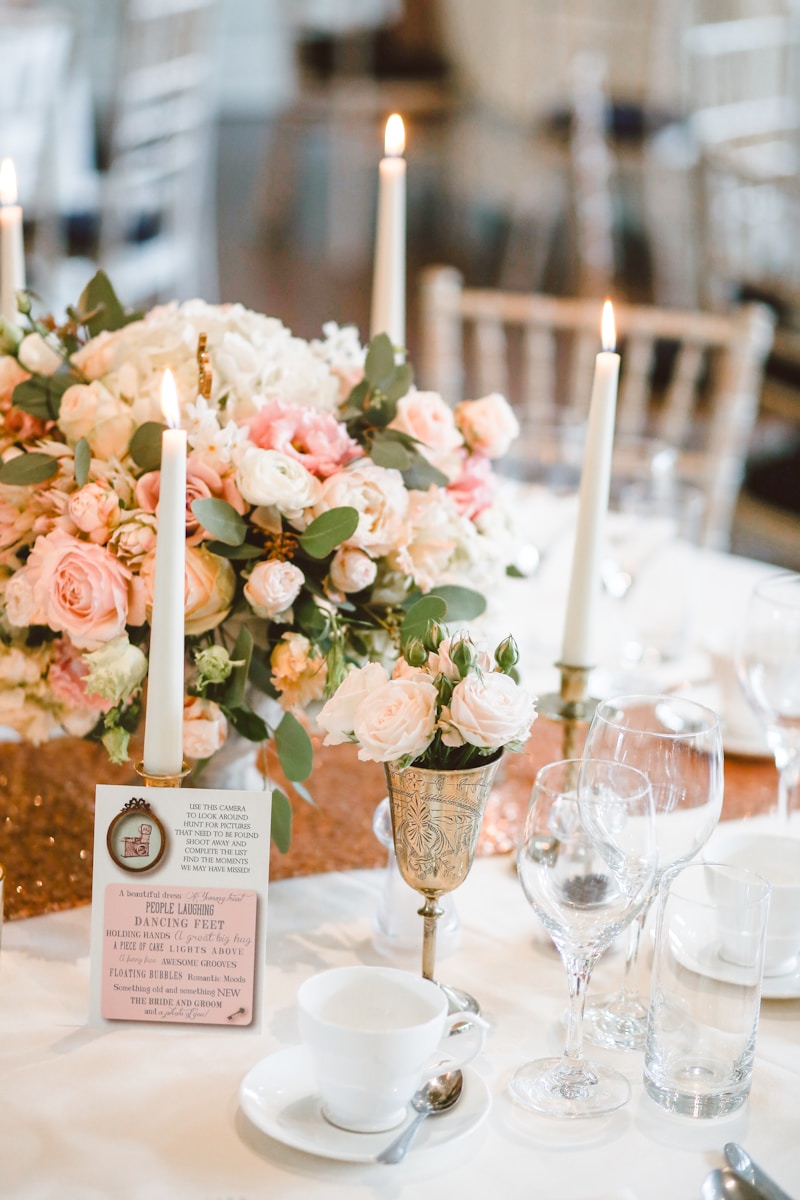Understanding the Timing for Wedding Dress Alterations: A Complete Guide
Introduction to Wedding Dress Alterations
Your wedding day is one of the most significant events in your life, and your wedding dress is a crucial part of that day. Ensuring that your dress fits perfectly is essential for both comfort and aesthetics. Timing for wedding dress alterations is a vital consideration that can make or break your bridal look. In this article, we will delve into the best practices, timelines, and tips for ensuring your wedding dress alterations go smoothly, along with some common questions couples often have.
Why Timing is Crucial for Wedding Dress Alterations
When it comes to wedding dress alterations, the timing can significantly affect the outcome. Various factors come into play, including:
- Fabric Type: Different fabrics require different amounts of time for alterations.
- Complexity of the Dress: Intricate designs may need more time compared to simpler ones.
- Availability of Professional Seamstresses: Booking your tailor in advance is crucial.
- Your Wedding Date: The closer you get to your wedding day, the more the pressure increases.
Suggested Timeline for Alterations
To avoid last-minute stress, it's recommended to set a timeline for wedding dress alterations. Here is a general outline that you can follow:
| Time Frame | Steps to Follow |
| 3-6 Months Before Wedding | Start dress shopping and order your dress. It’s essential to have it ordered early, especially for custom gowns. |
| 2-3 Months Before Wedding | Schedule your first fitting once your dress arrives. Discuss potential alterations with your tailor. |
| 1 Month Before Wedding | Attend your final fittings. Make sure to wear your shoes to assess the hem properly. |
| 1 Week Before Wedding | Pick up your dress and perform a final check for any last-minute alterations. |
Common Questions About Wedding Dress Alterations
When navigating the timing for wedding dress alterations, brides often have several questions. Below are some common concerns:
1. How many fittings will I need?
The number of fittings can vary based on complexity. Generally, 2-3 fittings are sufficient to ensure a perfect fit.
2. Can I rush my alterations?
While rushing alterations is possible, it can lead to mistakes or a less satisfactory fit. It’s always better to plan ahead.
3. What type of alterations might I need?
Common alterations include shortening the hem, taking in or letting out the bodice, and adjusting straps or sleeves.
4. How much should I budget for alterations?
Prices can vary widely based on the complexity of the alterations and the region. On average, expect to spend between $150 to $600.
Tips to Keep in Mind
Here are some essential tips to streamline the process of wedding dress alterations:
- Communicate Clearly: Be vocal about what you want to your seamstress to ensure they understand your vision.
- Bring Accessories: Always bring the shoes and any accessories you plan to wear during each fitting.
- Stay Within Your Original Style: While it’s tempting to make changes, drastic alterations can sometimes compromise the dress's original beauty.
- Plan for Multiple Appointments: Ensure you allow enough time for each fitting without feeling rushed.
- Final Fitting: Pay extra attention during your last fitting. Walk around, sit, and ensure you are entirely comfortable with the fit.
Conclusion: Final Thoughts on Timing for Wedding Dress Alterations
In conclusion, understanding the timing for wedding dress alterations is essential for a stress-free bridal experience. By adhering to a timeline and addressing factors like the complexity of the dress and the type of fabric, you can ensure that your wedding dress fits perfectly on your big day. Remember to approach the process with a clear mind and communicate any needs with your tailor. Ultimately, the right alterations will allow you to feel confident and beautiful as you walk down the aisle.
So, take the first step today and start planning your alteration timeline! Happy wedding planning!
